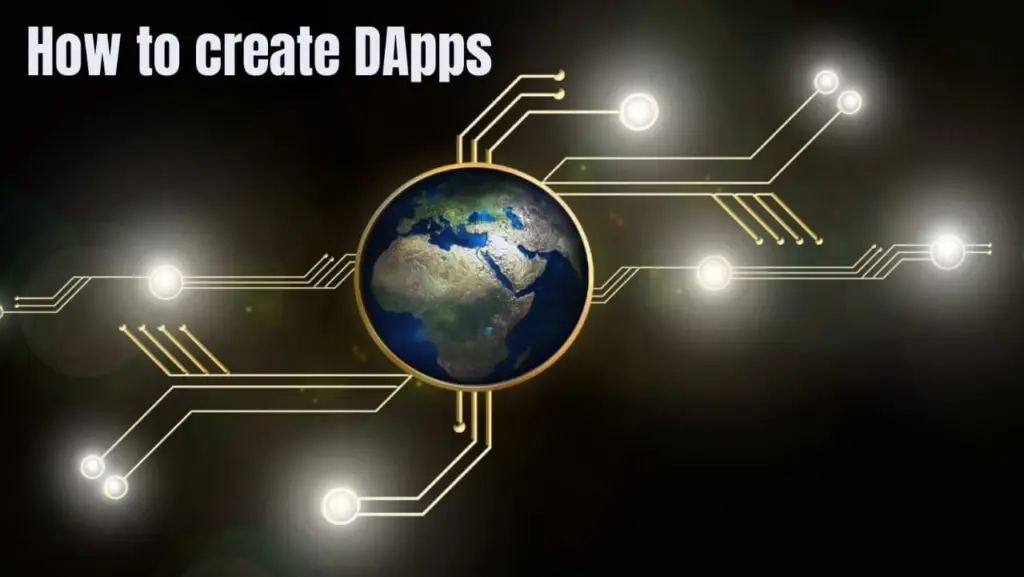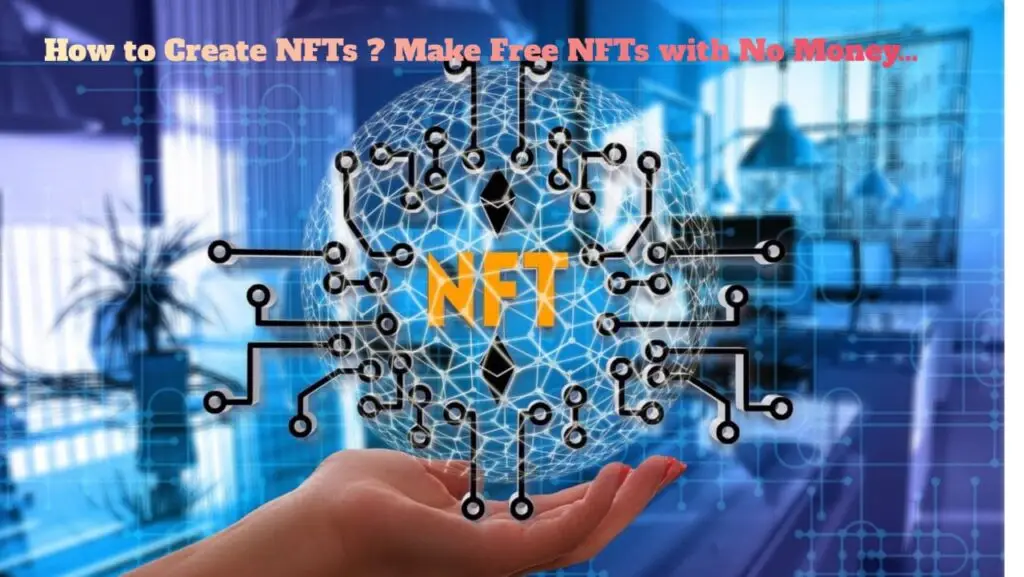
A Comprehensive Guide for Beginners
Decentralized operations( DApps) are revolutionizing the digital world by using blockchain technology to produce open-source, transparent, and stoner-driven operations. This companion will walk you through the essential way to develop your own DApp, from understanding the fundamentals to planting it on a blockchain network.
Understanding DApps
DApps are operations that run on a decentralized network, similar to Ethereum, rather than on a single garçon. They give increased security, transparency, and autonomy compared to traditional operations. crucial characteristics include :
- Open Source: DApp code is open to the public.
Prerequisites for Developing a DApp
Before diving into DApp development, ensure you have the following prerequisites
- Basic Knowledge of Blockchain Technology: Understanding how blockchain works.
- Programming Skills: Familiarity with languages such as JavaScript, Solidity, and web development basics.
- Programming Chops: Familiarity with languages like JavaScript, Solidity, and web development basics.
- Development Tools: Tools like Node.js, Truffle, and MetaMask.
Setting Up Your Development Environment
To start developing a DApp, follow these steps:
1. Install Node.js
Node.js is a JavaScript runtime built on Chrome’s V8 JavaScript engine. Download and install it from the Node.js official website
2. Install Truffle Suite
Truffle Suite is a development framework for Ethereum. Install it using npm (Node Package Manager):
npm install -g truffle
3. Set Up a Local Blockchain
se Ganache, a personal blockchain for Ethereum development:
npm install -g ganache-cli
ganache-cli
4. Install MetaMask
MetaMask is a cybersurfer extension for managing Ethereum holdalls and interacting with DApps. Install it from MetaMask‘s sanctioned website
Developing Your First Smart Contract
Smart contracts are tone-executing contracts with the terms directly written into law. Then is how to write and place a simple smart contract :
1. Create a New Truffle Project
Initialize a new Truffle project:
mkdir my-dapp
cd my-dapp
truffle init
2. Write a Simple Smart Contract
Create a new file SimpleStorage.sol in the contracts directory
#Solidity
pragma solidity ^0.8.0;
contract SimpleStorage {
uint public storedData;
function set(uint x) public {
storedData = x;
}
function get() public view returns (uint) {
return storedData;
}
}
3. Compile and Deploy the Smart Contract
Compile the contract:
#Bash
truffle compile
Emplace the contract by creating a migration script in the migrations directory
#Javascript code
const SimpleStorage = artifacts.require("SimpleStorage");
module.exports = function(deployer) {
deployer.deploy(SimpleStorage);
};
Run the migration:
#Bash
truffle migrate
Creating the Frontend for Your DApp
Develop the user interface to interact with your smart contract.
1. Set Up React
Use Produce React App to set up a new React design
npx create-react-app my-dapp-frontend
cd my-dapp-frontend
2. Install Web3.js
Web3.js is a JavaScript library for interacting with the Ethereum blockchain. Install it :
npm install web3
3. Connect React to Your Smart Contract
Produce a new train `app.js` in the `src` directory and write the following law :
import React, { useState, useEffect } from 'react';
import Web3 from 'web3';
import SimpleStorage from './contracts/SimpleStorage.json';
const App = () => {
const [storedValue, setStoredValue] = useState('');
const [newValue, setNewValue] = useState('');
const [web3, setWeb3] = useState(null);
const [account, setAccount] = useState(null);
const [contract, setContract] = useState(null);
useEffect(() => {
const init = async () => {
const web3 = new Web3(Web3.givenProvider || 'http://localhost:8545');
const accounts = await web3.eth.requestAccounts();
const networkId = await web3.eth.net.getId();
const deployedNetwork = SimpleStorage.networks[networkId];
const contract = new web3.eth.Contract(SimpleStorage.abi, deployedNetwork && deployedNetwork.address);
setWeb3(web3);
setAccount(accounts[0]);
setContract(contract);
};
init();
}, []);
const handleSubmit = async (event) => {
event.preventDefault();
await contract.methods.set(newValue).send({ from: account });
const response = await contract.methods.get().call();
setStoredValue(response);
};
return (
<div>
<h1>Simple Storage DApp</h1>
<form onSubmit={handleSubmit}>
<input
type="text"
value={newValue}
onChange={(e) => setNewValue(e.target.value)}
/>
<button type="submit">Set Value</button>
</form>
<div>
<h2>Stored Value: {storedValue}</h2>
</div>
</div>
);
};
export default App;
Testing Your DApp
Testing is pivotal to ensure the trustability of your DApp.
1. Write Tests for Your Smart Contract.
Create a new test file `TestSimpleStorage.sol` in the test directory:
#Solidity
const SimpleStorage = artifacts.require("SimpleStorage");
contract("SimpleStorage", (accounts) => {
it("should store the value 89", async () => {
const instance = await SimpleStorage.deployed();
await instance.set(89, { from: accounts[0] });
const storedData = await instance.get.call();
assert.equal(storedData, 89, "The value 89 was not stored.");
});
});
Run the tests:
truffle test
Deploying Your DApp to a Public Network.
Deploying your DApp to a public blockchain network makes it accessible to users worldwide.
1. Configure the Network.
Update truffle-config.js with your public network configuration, such as Ropsten or Mainnet. Ensure you have sufficient Ether for deployment.
2. Deploy the Smart Contract.
Run the migration script to deploy your contract to the public network :
truffle migrate --network ropsten
3. Update the Front-end.
Modify your React app to point to the public network
Conclusion
Creating a DApp involves several ways, from setting up the development terrain to planting on a public blockchain. By following this companion, you’ll have a solid foundation for developing and planting your decentralized operations. Embrace the future of decentralized technology and start erecting innovative results moment.
